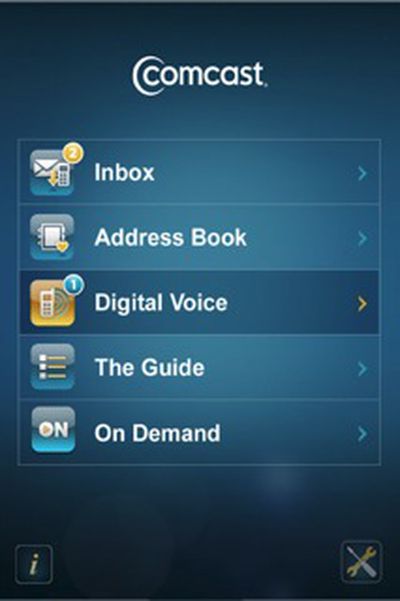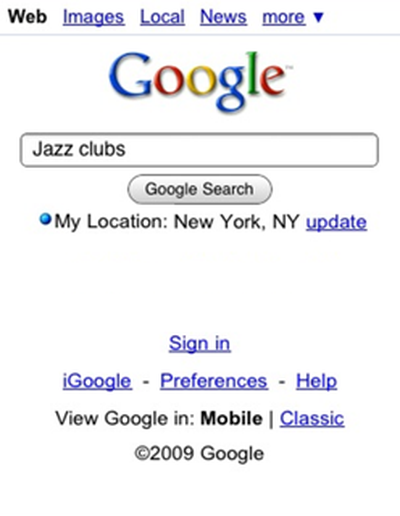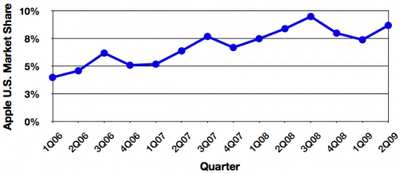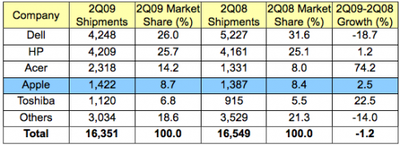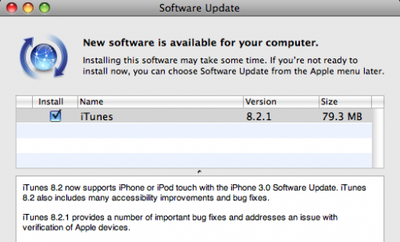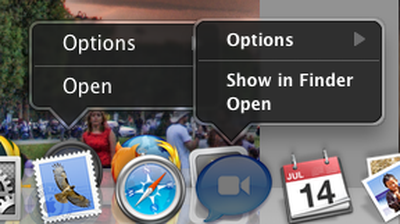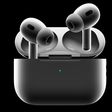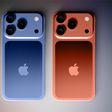Apple today issued a media alert announcing details for the July 21st release of its financial results for the third fiscal quarter and second calendar quarter of 2009. The results will cover sales from March 28th, 2009 through June 26th, 2009, and will be released at the close of trading (4:00 PM Eastern / 1:00 PM Pacific) on Tuesday. Apple's conference call discussing the results will follow at 2:00 PM Pacific and will be available via a live audio webcast. MacRumors will provide running coverage of the conference call highlights.
Apple's primary product releases for the period occurred late in the quarter, with a revamping of its MacBook Pro line and an update to the MacBook Air taking place at the company's annual Worldwide Developers Conference in early June and the new iPhone 3GS launching just a week before the end of the quarter. Apple also offered a minor bump to the white MacBook just prior to WWDC, where it became the sole member of that line with the 13" aluminum MacBook's rebranding as a MacBook Pro.
For the quarter, analysts are predicting net earnings of $1.16 per share on revenue of $8.16 billion, above Apple's guidance of $0.95-$1.00 profit on $7.7-$7.9 billion of revenue. Apple's year-ago results for the third fiscal quarter of 2008 included net earnings of $1.19 per share on revenue of $7.46 billion. Research firms Gartner and IDC earlier this week offered conflicting pictures on Apple's Mac shipments for the quarter as part of their industrywide analyses.


